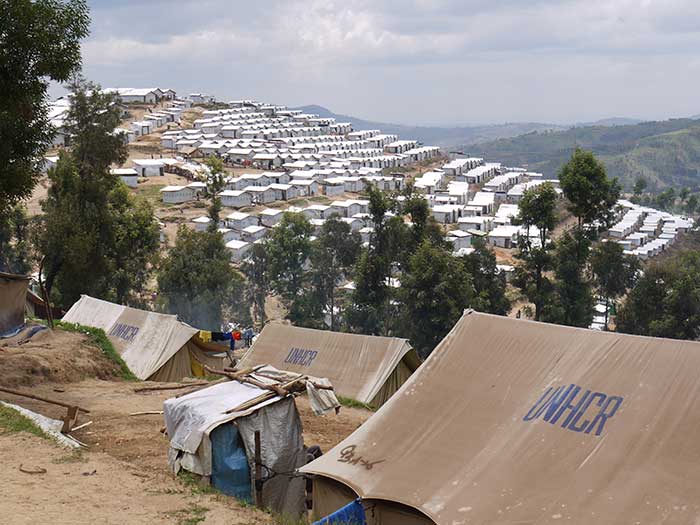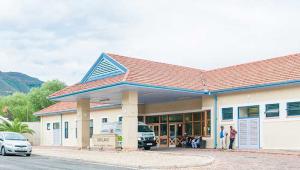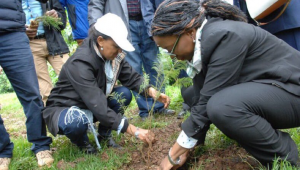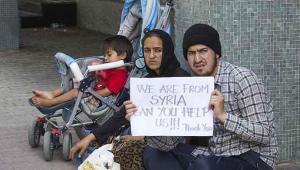web_oxfam_8097455453_5575c77457_o.jpg

A refugee camp in Rwanda. Credit: Oxfam
The ONE Campaign’s tool, dubbed MOVEMENT, combines the most reliable and up-to-date official data from a range of humanitarian organisations into one standardised interface, showing where and what the greatest needs are and how humanitarian funding flows do or do not align with these.
Sara Harcourt, ONE’s policy director for development finance, said the tool is the first of its kind, joining up the best available data on needs, funding and displaced people in one place, searchable by country.
“It also exposes the massive data gaps that need to be filled in order to accurately follow resources to results,” she added.
Where aid appeals are not being met, for example, ONE said it is not able to show the true price being paid.
The tool is also not able to identify the needs in a country where there is no active humanitarian appeal.
Uganda, for instance, is Africa’s third-biggest refugee-hosting nation, and is struggling to support around 1.2 million refugees, mainly from South Sudan. But this is not evident in ONE’s tool as there is currently no humanitarian appeal.
Where data is available, however, the tool clearly shows where funding is out of step with needs on the ground.
Greece, for example – a key focus for European countries trying to deal with the refugee crisis at their borders – received the 16th most humanitarian aid ($451m) in 2016, despite hosting the 60th most displaced persons.
Uganda, meanwhile, was 16th in the world in terms of the number of refugees it hosts, but was only 29th in terms of humanitarian aid.
Even where needs and funding flows are well aligned, the tool evidenced that appeals are still chronically underfunded.
In Yemen, for example, there are 3.3 million people displaced (which includes refugees and people who have fled their homes but stayed within the country). That means in 2016 the country hosted the 5th most displaced people. That year, it received the fourth highest in terms of humanitarian aid.
However its $2.1bn United Nations appeal for 2017 is only 29% funded.
Overall, the 36 most fragile countries in the world, accounting for just 2.6% of global GDP, host 62% of all forcibly displaced people, including 71% of those displaced within their own country. These fragile states are also the origin for 83% of refugees and asylum seekers who flee abroad.
The European Union, meanwhile, accounting for 24% of global GDP, hosts 5% of forcibly displaced people and around 15% of all refugees and asylum seekers.
South Sudan, the world’s most fragile country, hosts 219 people for every 1,000 inhabitants. The UK, on the other hand, hosts just 3 for every 1,000.
As it is impossible to separate the needs of displaced populations from that of the often needy populations hosting them, MOVEMENT tracks overall need as well as displaced populations.
It shows that globally there are at least 152 million people in need of humanitarian aid – larger than the population of Russia.
Around 115 million people lack basic health services, 93 million lack water and sanitation and 34 million lack access to education.
ONE said addressing these needs will require at least $23.1bn, but currently official humanitarian appeals for 2017 are overall only 30.9% funded.













